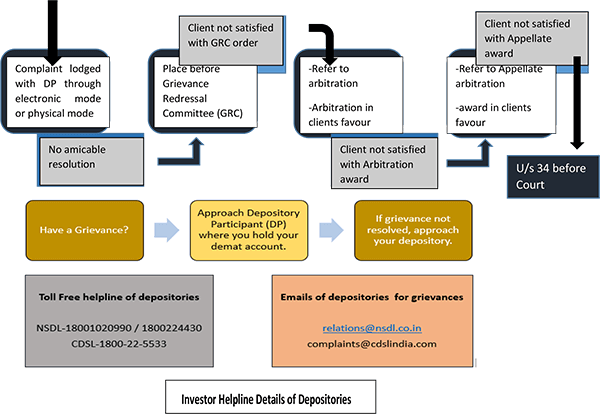Amplify your Gains and Magnify your Losses with Margin Trading Facility
Margin trading is a popular investment strategy in India that allows traders to amplify their gains and magnify their losses.
Start Your Entrepreneurial Journey Now!
What is an MTF?
Margin trading is a popular investment strategy in India that allows traders to amplify their gains and magnify their losses. Generally, a broker provides Margin Trading Facility (MTF), which involves borrowing money to purchase investments. MTF requires investors to deposit cash as collateral for the loan and pay interest on the borrowed funds. Margin trade facility is regulated by various organizations in India, including the Securities and Exchange Board of India (SEBI).

Margin Trading Facility in India
Margin trading facility is available to investors in India through the cash market segment and the derivatives market segment. In the cash market, investors can take margin trading facility for a limited number of approved securities, while in the derivatives market, margin trading facility is available for futures and options contracts.
The National Stock Exchange (NSE) and the Bombay Stock Exchange (BSE) offer margin trading facility for a select number of stocks, subject to certain conditions. The Securities and Exchange Board of India (SEBI) has laid down guidelines for margin trading facility to ensure that investors are protected from risks associated with margin trading.
Benefits of Margin Trading Facility
Margin trading facility allows investors to increase their exposure to the stock market and potentially earn higher returns on their investments. With margin trading facility, investors can buy more shares than they could afford with their own capital, thereby leveraging their investment.
Margin trading facility also enables investors to benefit from market movements without having to invest a large amount of capital.
For example, if a trader wants to buy Rs. 10,000 worth of a particular stock and their broker allows them to use 5x leverage, they would only need to put up Rs. 2,000 of their own capital as collateral, and the broker would provide the remaining Rs. 8,000. This effectively magnifies the trader’s potential gains (and losses) by a factor of five.
Risks of Margin Trading Facility
While propagating the benefits of MTF, it is also important to discuss the related risks. Margin trading facility involves a high degree of risk as the investor is borrowing funds to invest in the market. If the market moves against the investor’s expectation, the losses can be substantial. In some cases, investors may even lose more than their initial investment.
In addition, margin trading facility involves interest payments on the borrowed funds called margin interest, which can eat into the investor’s returns. It works like an overdraft. Moreover, if the investor is unable to meet the margin calls, the broker may sell the investor’s securities to recover the borrowed funds, resulting in further losses.
Regulations for Margin Trading Facility in India
SEBI has laid down guidelines for margin trading facility to protect investors from the risks associated with margin trading. According to SEBI regulations, brokers can offer margin trading facility to their clients only after obtaining their written consent.
Furthermore, SEBI regulations require brokers to monitor the margin accounts of their clients on a daily basis and issue margin calls to clients who fall short of the required margin. In case the client is unable to meet the margin call, the broker may sell the securities in the margin account to recover the borrowed funds.
The Types of Margin
Initial Margin
This is the amount of collateral a trader needs to deposit upfront in order to open a margin position. The initial margin requirement is set by the broker and varies depending on the asset being traded, the level of leverage used, and other factors. The purpose of the initial margin is to protect the broker against potential losses from the trader’s position.
Maintenance Margin
This is the minimum amount of collateral a trader must maintain in their margin account to keep their position open. If the value of the position falls below the maintenance margin level, the trader may receive a margin call from their broker requiring them to deposit additional funds to meet the margin requirement. The maintenance margin helps to ensure that the trader has sufficient funds to cover any potential losses and prevents the broker from incurring losses on the trader’s behalf.
Summary
Margin trading facility is a useful tool for investors who wish to increase their exposure to the stock market and potentially earn higher returns. However, it is important to understand the risks associated with margin trading facility and to use it judiciously. SEBI regulations for margin trading facility in India ensure that investors are protected from the risks associated with margin trading. It is advisable for investors to read the SEBI guidelines carefully before opting for margin trading facility.
Gainn offers best in class delivery margins and investors can also pledge their Demat holdings for leverage to be used in F&O trading. Gainn users can also avail Margin Trading Facility (MTF) to buy stocks with just 50% funds and hold them for up to 150 days. With Gainn, investors can certainly level up their returns using industry’s best trading solutions. Currently, at Gainn, we offer exposure to over 1300+ securities based on regulated exchange margins.



